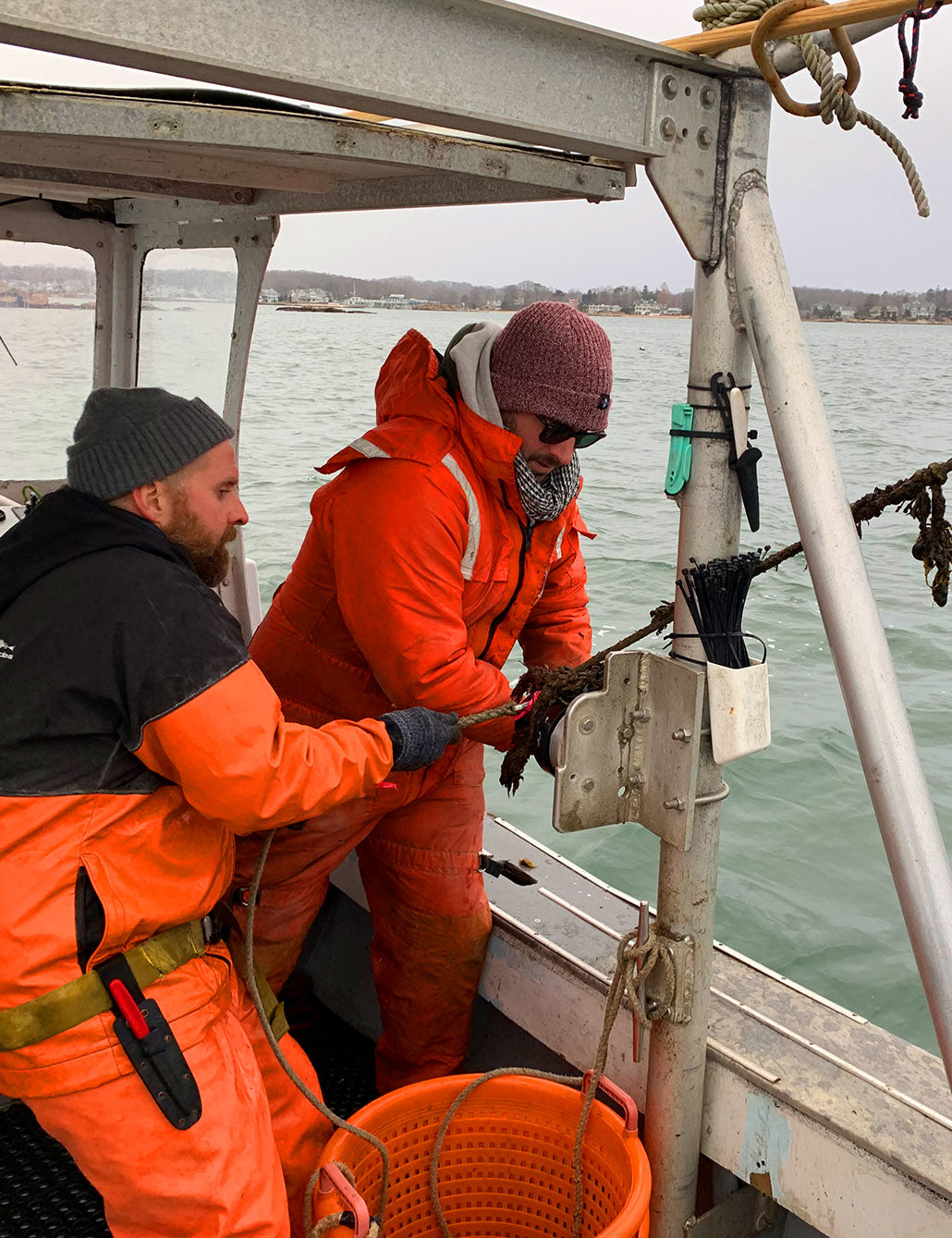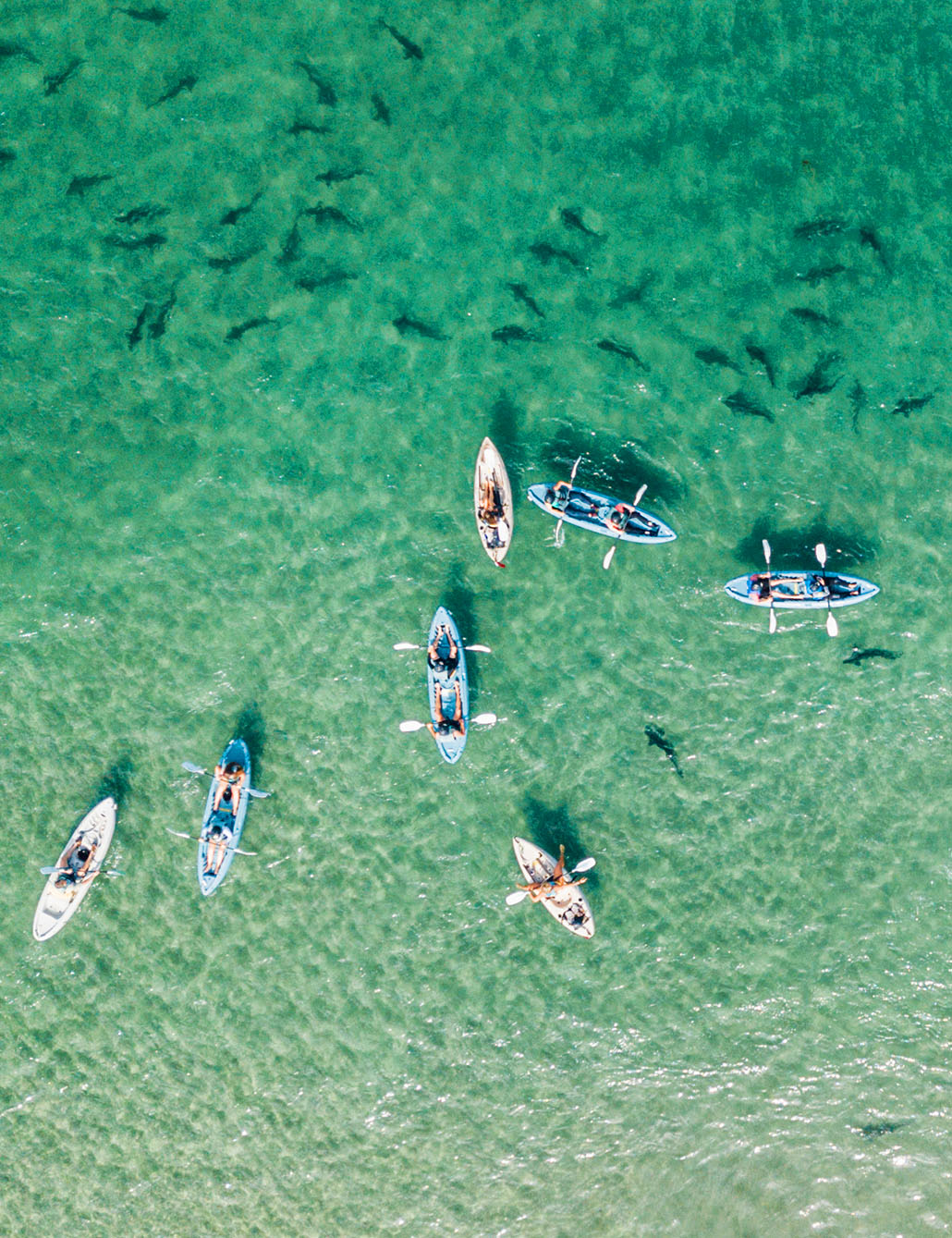The Kumeyaay are Native Americans that are native to what is now known as California and Baja California. Consisting of two groups separated by the San Diego river, the Ipai (north of the river) and the Tipai (south of the river) are thought to have spoken different languages, although that’s not widely agreed upon.
Our earliest archaeological evidence of settlement in Kumeyaay territory dates back 12,000 years. Their tribe inhabited lands as far north as Oceanside, and as far south as Ensenada, Mexico. They were prominent in Torrey Pines State Natural Reserve, and artifacts can still be seen in the reserve’s visitors center. They called La Jolla “Kulaaxuuy”, which means “Land of Holes”. We don’t know for sure what this refers to, but it is believed that it references La Jolla’s sea caves.
The Kumeyaay hunted rabbit, quail, antelope, and deer with bows and axes. They also fished with hooks and nets. The women wove coil baskets, and made pottery, clothing, and shelter. The Kumeyaay had advanced land management techniques, including erosion control, controlled burns, and water management. They also practiced plant husbandry to grow corn.
Today, Kumeyaay are part of a federally recognized tribe, and have thriving communities in San Diego and Baja California.





